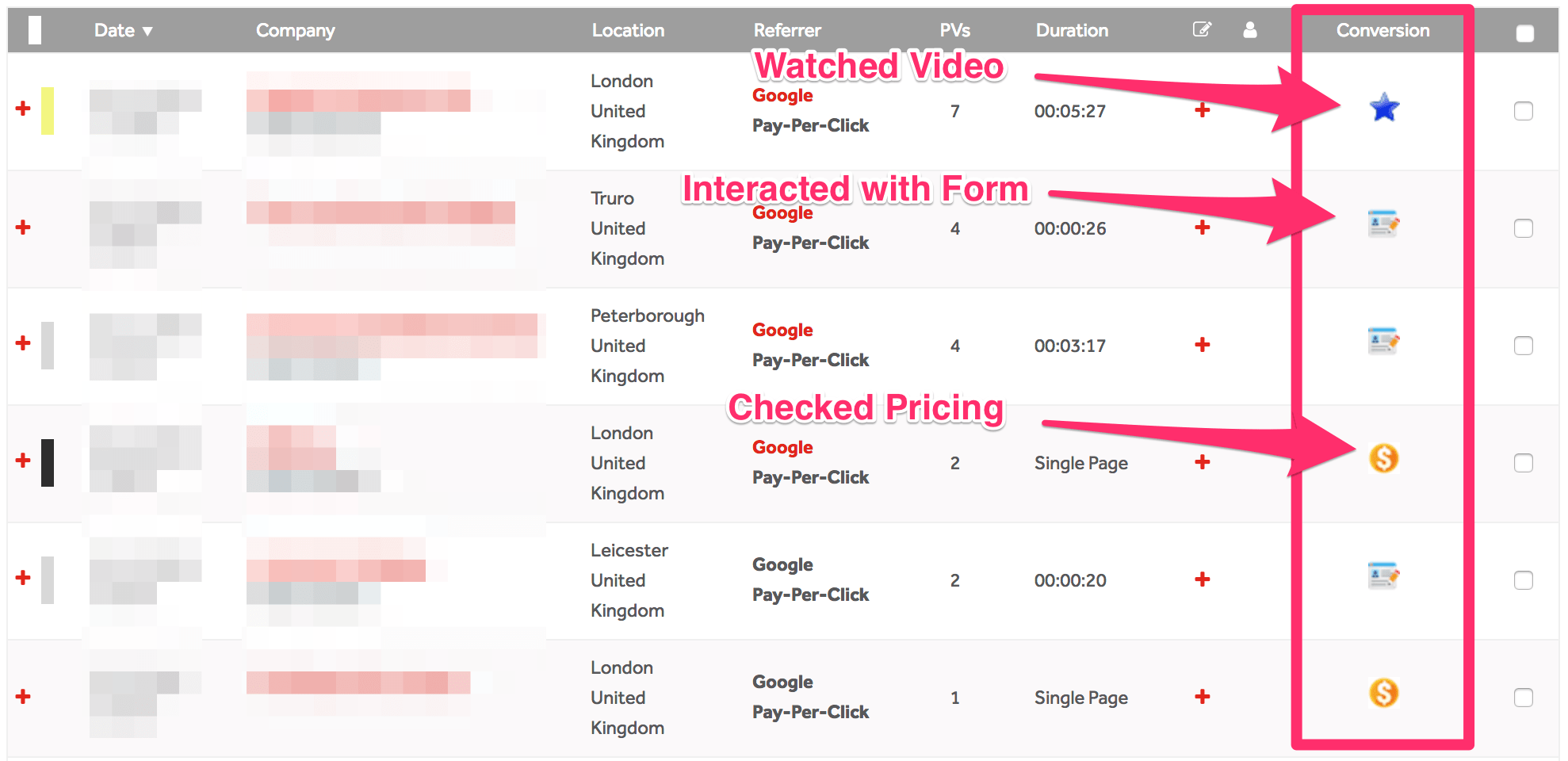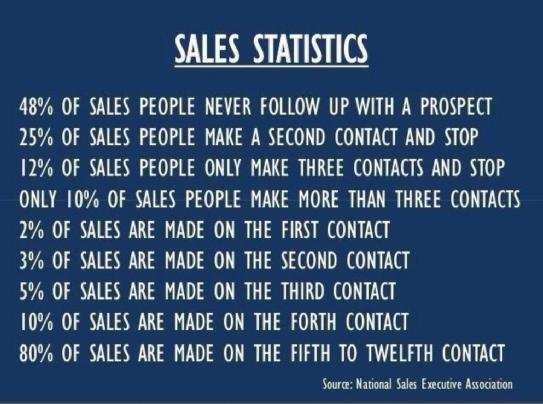Who Is Visiting My Website?
Reverse-IP Lookups (Business Lookups) are not rocket science, most B2B websites will have heard of it or already use it.
It is astonishing how underused they often go. Almost as if they’re installed just to impress the Boss with big names.
BUSINESS LOOKUPS ARE NOT USEFUL IN THEMSELVES. You need to ACT on them.
Done right, for every 1 direct website enquiry > sale you should be getting 2 sales from these business lookups, minimum.
If you don’t have business lookups on your B2B website, get them now! Email us and we’ll give you a free month on our Agency license no obligations.
The headless chicken approach
The best 20% do have business lookups, and do use them – but in an unorganised “catch-all” approach – which is disheartening for sales teams, and a wasteful overhead.
Here’s an example ‘normal’ flow:
- Mercedes HQ in Surrey visited my site about Cloud Storage
- Give Mercedes in Surrey a call
- To the receptionist: “Our cloud storage is great, do you need cloud storage?”
a) Mercedes HQ in Surrey is an open network, i.e. members of the public are there
b) Calling a receptionist like this is hopelessly ineffective.
The headless chicken approach will actually increase your overhead for no extra results.
Better-than-headless-chicken
A slight improvement on the headless chicken approach is at least filtering out clear nonsense, good examples:
- Hotel chains e.g. Hilton – unlikely, unless it was in Watford where their HQ is
- Vodafone – or just some bloke on a 4G connection? Check for Newbury location
- Virgin Trains – more likely someone on a Virgin Train!
Another obvious way to filter down the list is based on engagement on your site – most often, number of pages visited and time on site.
There are two major flaws with “engagement” filtering
1) Time on site is a flawed measure
How do analytics tools like Google Analytics measure this?
Time on page 1 >>>>>> time on page 2 >>>>> the timestamp difference between the two.
It is more than feasible with B2B sites, especially for complex services, that the visitor actually spent ages on that page, having found exactly what they were looking for immediately. Filtering out those visitors is folly, and avoidable with proper tracking.
2) Number of pages is flawed
Good blog posts are 2,000+ words long. If I read that entire blog post, and it is, say, about pricing of your service, I am absolutely ripe for a close.
But you just deleted me from your prospects list. A mistake indeed.
What the top 5% do
Get a professional tracking setup done, in a 2-way sync with any paid marketing efforts
Let me break that down into its parts.
a) A professional tracking setup gives you detail.
Think actual timers, % scroll depth of a blog post, started a live-chat, video views, clicks on important elements on the page – these kinds of things and more.
When that level of detail is mapped against your Business Lookups, they take on a whole other meaning.

Now when that is broken down into exactly what they were looking at, it starts to paint quite a powerful picture of this prospect:

With a bit of extra work by your Marketing Team, you can tag very useful extra data to every click!
- The keyword search term (if a search click only)
- The targeting type e.g. specific audience you have targeted on Google, LinkedIn etc…
- We usually add about 2-3 more useful dimensions to help filtering down to gold
b) A 2-way sync with paid marketing efforts
Every click can be identified and mapped back to the advertising source.
If you mark a business lookup as “this was a good one”, that info can map BACK to source, and tell your paid marketing where it is working best – which ads, keywords, audiences etc… are producing the right businesses & engagement.
We take tracking and measurement of every penny spend very seriously. There’s nothing worse than some agency who can’t tell you exactly what resulted from your ad spend. If they don’t know, you’re spending blind on hope – we don’t advise it.
In combination with PPC search
Organic search fails to provide keyword details every time, since October 2011 when it was stripped out of Google Analytics following privacy concerns.
However, there are no such concerns on Paid Search!
Think about it, this makes PPC Search clicks very, very valuable in relation to Reverse IP Lookups:

On top of all the other tracking info we know about this user, we know the exact search term they typed to get to our site!
Now, regardless of engagement on the site, we know this business’ intent.
Assume the search shown above is “Microsoft Business Center Pricing”.
- I know what product they want
- I know they are deep enough into their research to want pricing
- They are ready to buy
On top of that, which videos were viewed, PDFs were downloaded, on-site tools were played with – you know exactly what this business wants!
The art of the business lookup sell
Rule #1. Do not call receptionists and gatekeepers. Do your research and get names. There is usually more than 1 per business, based on exactly what they were looking at.
For large businesses this can be tougher, you will need to do some digging into the location’s function in the grander scheme of things, and some research on the corporate structure. Large businesses are often worth the effort.
And do not be vague. A call to a receptionist asking “hi, who there can I talk to about your software needs?”.
You know how it works, they politely put you on hold whilst they call the IT Director (or pretend to), tell their colleague it’s another cold call about software, the IT Director, unless in a wildly joyous mood, asks the receptionist to “tell them I’m on holiday for 2 weeks” and that’s the end of it.
Rule #2. Patience. Get your expectations right.
A product/service with a 12-month sale cycle is unlikely to get a “yes, I’ll buy that right now” on the first call. The initial call for bigger ticket sales is usually not about buying now, it is about building gathering intel and building a sales pipeline. And, ultimately, being there when they are ready-to-buy.
Rule #3. Not just about calling. Other mediums.
You need to nurture, you need to be in-their-face when they are ready-to-buy. Depending on the size of your sales function, this cannot sit solely on their shoulders.
Digital re-marketing, cleverly triggered direct mail, relevant email and much more is available. Once you know they want your service, go out of your way to show them that you want them as a client.
Rule #4. Persistence.
Explained best by this simple graphic:

If your sales callers aren’t building you a seriously qualified pipeline
…particularly from your PAID SEARCH lookups and other paid advertising where you get golden data – trust me, you are doing it wrong.
90%+ of the time, sinning on one of the 4 rules outlined above is the cause.
The few who do it right really, really prosper.
Here’s a quick video summary of this blog:
Read the whole article – back to the top.





